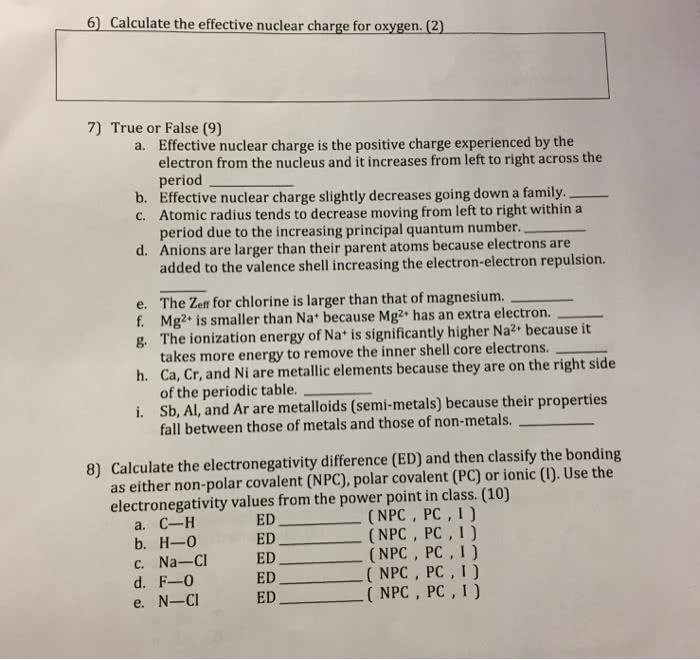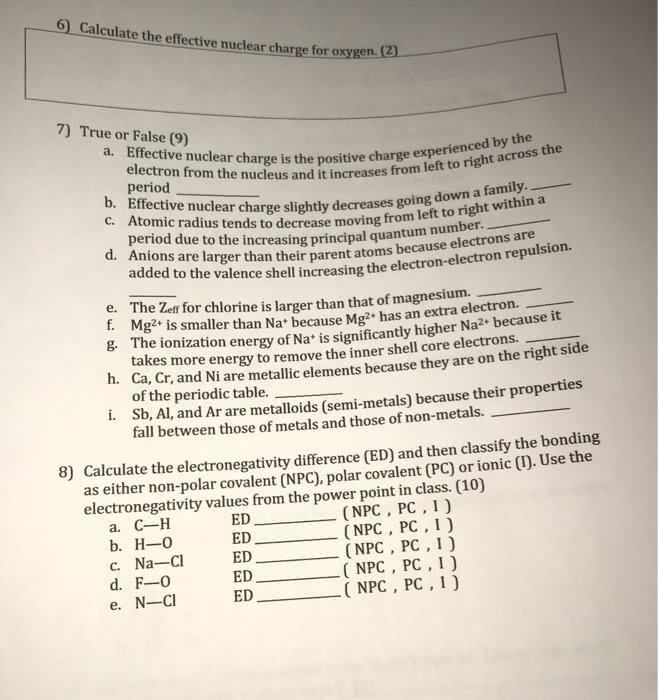CHM 1046 Lecture Notes - Lecture 50: Transition Metal, Noble Gas, Electronegativity
Document Summary
The highest oxidation states tend to be oxidizing; they must be combined with anions that are not as easy to oxidize, such as fluoride and oxide. The +2 state is common because of the relatively easily lost 4s^2 electrons. Elements toward the left have a greater tendency to form noble gas electron configurations (4s^0 3d^0). Metals on the right are more electronegative and form lower-charged ions. Mn and zn slightly less electronegative (they"re happy d^5 and d^10) 2nd and 3rd row metals are a little more electronegative slide 7. 2nd and 3rd row metals slightly lower ie slide 7. On the right, the repulsion among electrons overtakes effective nuclear charge slide 7. Lanthanide contraction: between groups 2 and 3 in row 6 are the 14 lanthanide elements. The atomic radius decreases as you proceed through these 14 elements so that when you reach the row 6 transition elements, they are much smaller than expected period 6>period 5>period 4 slide 8.



